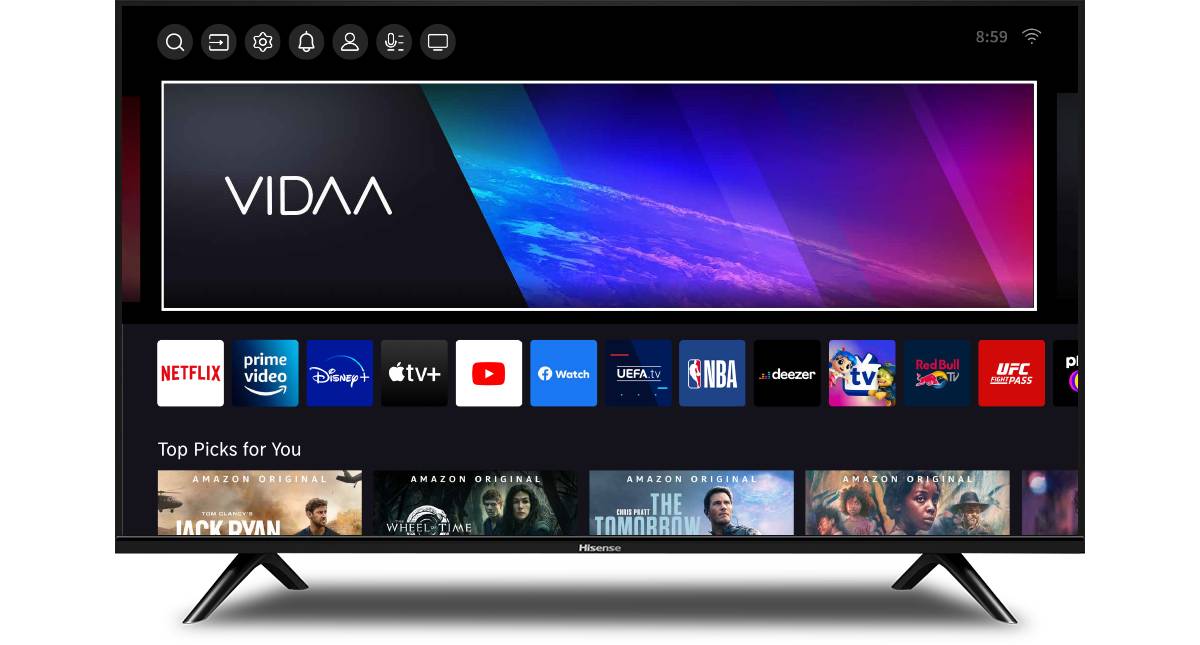 Online video streaming is closing the gap on linear TV with a gap of just two percentage points in terms of weekly consumption, according to a new study by Ericsson. In 2014, 77 per cent of the total survey sample watched broadcast television as opposed to 75 percent streaming. The results, based on interviews with over 23,000 people in 23 different countries, also found that the popularity of online streaming overtook broadcast TV in some sectors, with more than 80 percent of 16-45 year olds streaming content several times a week, up from 2011, when this figure was 61 percent.
Online video streaming is closing the gap on linear TV with a gap of just two percentage points in terms of weekly consumption, according to a new study by Ericsson. In 2014, 77 per cent of the total survey sample watched broadcast television as opposed to 75 percent streaming. The results, based on interviews with over 23,000 people in 23 different countries, also found that the popularity of online streaming overtook broadcast TV in some sectors, with more than 80 percent of 16-45 year olds streaming content several times a week, up from 2011, when this figure was 61 percent.
Other trends identified by the Ericsson study report found that there has been a 25 percent increase, in just two years, of consumers prepared to pay for access to content on any device, showing an increased willingness to pay for “anywhere access”.  Also, ‘binge viewing’, watching multiple episodes of a TV show back-to-back is accelerating with the increasing popularity of the new on-demand video services like Netflix and Amazon Prime.
Also, ‘binge viewing’, watching multiple episodes of a TV show back-to-back is accelerating with the increasing popularity of the new on-demand video services like Netflix and Amazon Prime.
Commenting on the report, Michael Bjorn, head of research at Ericsson said that by 2020, the number of hours spent streaming content will have overtaken broadcast TV consumption. “Streaming is overtaking broadcast for the simple reason that consumers see more value in something that is delivered when they want to watch it rather than when the clock hits a certain hour,” he says. He also recognises, however, that “We are creatures of habit, although the value of getting something on demand is obvious, the change happens gradually.”
However, according to a recent Nielsen report, the pace of change is more glacial than the surface stats might first suggest, at least in the US, which is one of the world’s more progressive markets when it comes to media consumption habits. Time spent watching television has declined from 147 hours in 2013, to 141 in 2014.
But on an average time spent per day basis, TV is still head and shoulders above other devices:
Nielsen found that 40 per cent of households now subscribe to on-demand services like Netflix or Amazon Prime, while the time spent watching video online increased by four hours per month year on year. Overall, Nielsen found that while Americans’ daily TV viewing decreased by 12 minutes to 4 hours and 32 minutes in 2014, its scale still gives it a major advantage over non-broadcast platforms.





